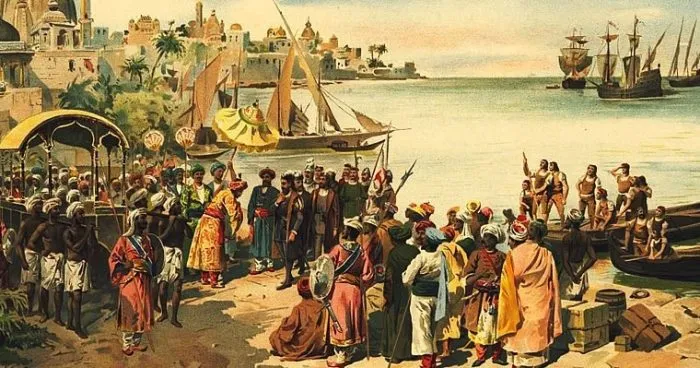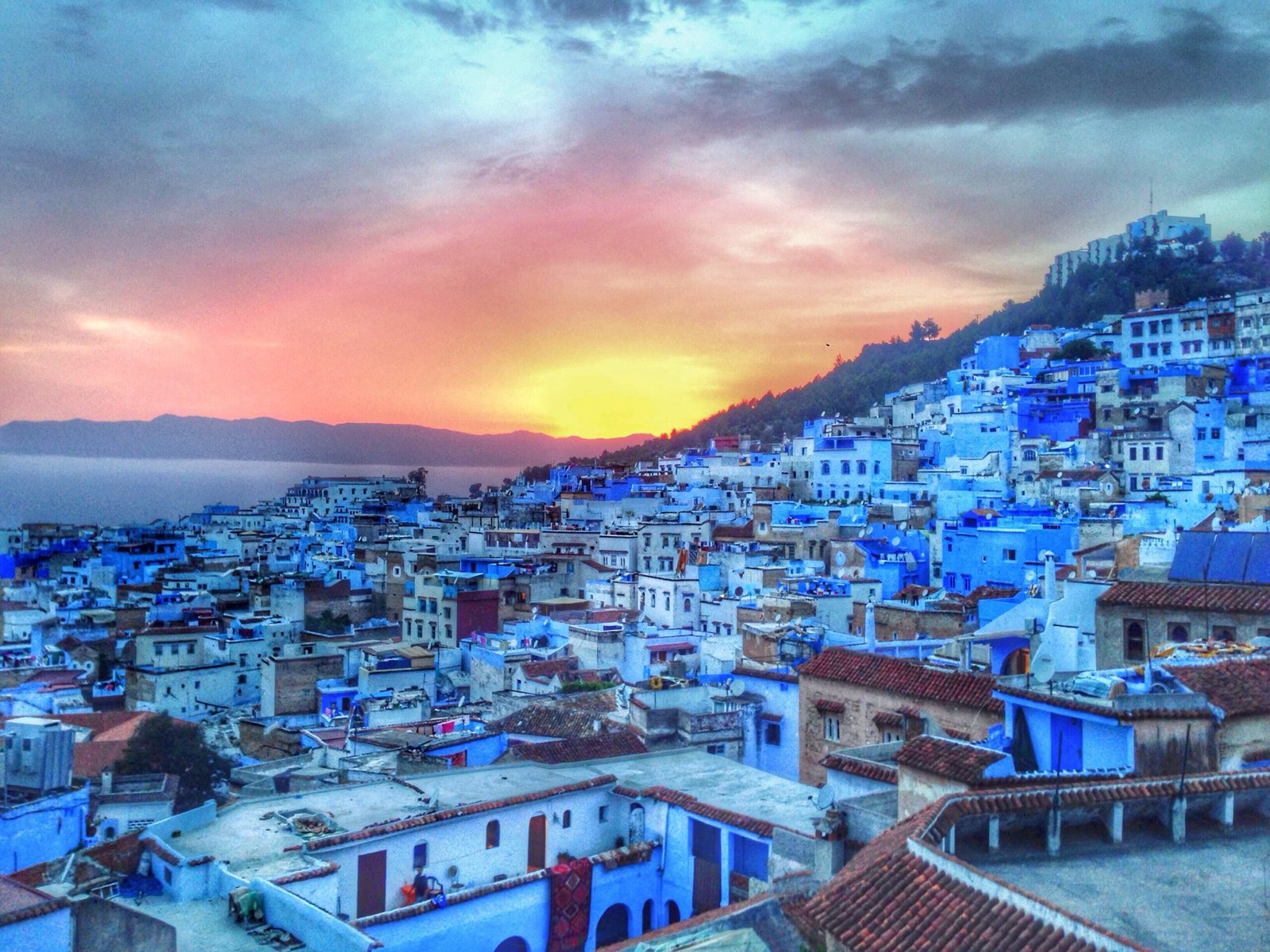Introduction
The art of travel has always been an integral part of human civilization. It has played an important role in spreading knowledge, facilitating cultural exchanges, and connecting distant lands. With a diverse and colourful history, India has produced some of the world’s greatest travelers, who have left an indelible mark on the history of exploratory voyages across its borders.
This article delves into the importance of travel in antiquity and witnesses the fascinating journeys of five extraordinary Indian travelers whose courage and curiosity shaped history.
Importance of Traveling in Ancient Times
In ancient times, travel was a difficult endeavour, often for trade, pilgrimage, or the quest for knowledge. These journeys required a great deal of courage, resilience, and an adventurous spirit. Travel was more than just a physical means of transportation; it was also a transformative experience that broadened horizons and fostered cultural exchange.
It facilitated the exchange of ideas, philosophies, and technologies and laid the foundation for the fusion of cultures and the development of civilization. Rich in cultural wealth and spiritual heritage, the Indian subcontinent is the cradle of discovery. So let’s step back in time and explore the lives and achievements of five of the greatest Indian travelers in history.
Hiuen Tsang
Hiuen Tsang, also known as Xuanzang, is considered one of the greatest travelers in Indian history. Born in China in the 7th century, Hiuen Tsang was a Buddhist monk and scholar who made extraordinary journeys to India in search of Buddhist knowledge and scriptures. Hiuen Tsang’s main motivation for traveling to India was his deep respect for Buddhism and his desire to learn the scriptures and teachings directly from the source. At the time, India was considered the center of Buddhist teachings, with renowned institutions such as Nalanda University attracting scholars and students from all over Asia.
Hiuen Tsang traveled thousands of kilometers and faced many challenges and dangers along the way. He encountered harsh weather conditions, hostile territory, and bandits. But his unwavering determination and spiritual dedication pushed him forward. During his travels in India, Hiuen Tsang explored various regions, including Kashmir, Gujarat, and Bengal. He visited important Buddhist monasteries, participated in philosophical discussions with scholars, and learned from eminent masters. He also experienced India’s vibrant cultural diversity and got acquainted with different languages, customs, and traditions.
One of Hiuen Tsang’s important contributions to history was his careful recording of his experiences. He recorded his sightings, observations, and encounters in a travel journal titled “Records of the Great Tang of the Western Regions.” This detailed account provides valuable insight into the socio-cultural, political, and religious aspects of ancient India. Hiuen Tsang’s travelogues contain detailed accounts of the monastic communities he encountered, the religious ceremonies he attended, and the philosophical discussions he participated in.
He vividly described the scale of ancient Indian cities, the lifestyle of the people who lived there, and the socio-political dynamics of the time. His writings also shed light on the intellectual and spiritual life of ancient India. He documents the various schools of Buddhism, the teachings of prominent teachers, and the role of Buddhism in society. Hiuen Tsang’s detailed account has become an important source of information for later generations, contributing to a deeper understanding of ancient Indian civilization.
Beyond academic activities, Mr. Hiuen Tsang’s travels have had a profound impact on cultural exchanges and diplomatic relations between China and India. He established contacts with Indian leaders and scholars, encouraged goodwill, and facilitated the spread of knowledge and ideas between the two civilizations. Hiuen Tsang’s extraordinary journey and dedication to the pursuit of knowledge have made him an enduring icon of discovery and intellectual curiosity. His contributions to understanding Buddhism, Indian history, and cross-cultural exchanges between China and India have made him one of the greatest Indian travelers in history.
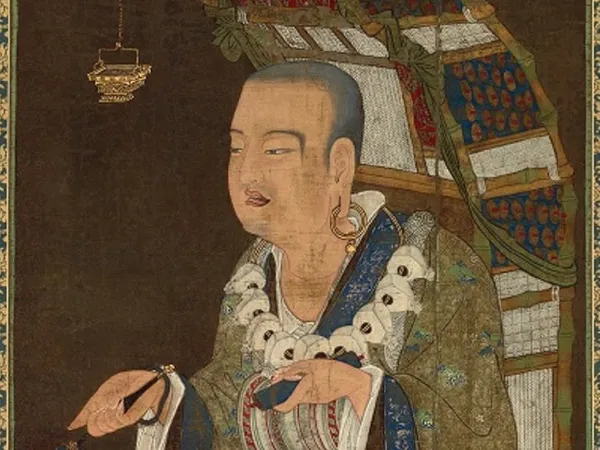
Ibn Battuta
The Moroccan scholar and explorer Ibn Battuta is considered one of the greatest travelers in history. Born in 1304, he embarked on an extraordinary journey of nearly 30 years through Africa, Asia, and Europe. His travel distance spanned 75,000 miles, making him one of the most prolific explorers of his time. Ibn Battuta’s exploration of the Indian subcontinent is an important part of his remarkable journey. His journey to India was shaped by a combination of personal curiosity, religious pilgrimage, and a desire to engage with other cultures and societies. When Ibn Battuta came to India in the 14th century, the region was a living mosaic of diverse kingdoms, thriving trade routes, and a rich cultural heritage.
During his stay in India, Ibn Battuta immersed himself in local customs, traditions, and social movements. The account vividly describes the places he visited, the people he met, and the historical events he witnessed. The writings of Ibn Battuta provide valuable information about medieval Indian society. He described the ruling dynasties and their rule, interactions between local rulers and foreign merchants, and documented the political climate. His stories shed light on the social structures, economic activities, and cultural practices prevalent at the time.
One of the remarkable things about Ibn Battuta’s travelogues is that he pays attention to the daily lives of the people he meets. He described their customs, religious practices, and traditions, giving readers an insight into the structure of Indian society. Detailed descriptions of markets, festivals, and social gatherings provide a vivid picture of life in medieval India. In addition, Ibn Battuta’s travelogue explores the religious diversity of India.
He met and interacted with people from different religious backgrounds, including Hindus, Muslims, and Buddhists. His observations of religious rituals, pilgrimage sites, and spiritual practice providing valuable insight into the interplay of different faiths in medieval India. Beyond cultural observations, Ibn Battuta’s travelogues also shed light on the interconnectedness of the medieval world. His encounters with merchants and foreign rulers reveal the intricate network of trade routes and the cosmopolitan nature of Indian cities. He documented the impact of vibrant markets, the exchange of goods, and trade on the local economy.

Megasthenes
The Greek historian and diplomat Megasthenes played an important role in our understanding of ancient India through his remarkable travels and documentaries. He visited India in the 4th century BC. He also served as ambassador to King Seleucus I, Nicator of Greece. The trip to India was motivated by a desire to explore and understand the Mauryan Empire, especially the political and cultural dynamics during the reign of Mauryan Emperor Chandragupta.
His travels took him to the heart of the empire, where he witnessed the grandeur and complexity of Indian civilization. His most important contribution to our knowledge of ancient India is his work entitled ‘Indica’. This comprehensive report provides valuable insight into the socio-political, economic, and cultural aspects of ancient Indian society. However, the original Indica is not extant, and excerpts and references to his writings by later scholars provide insight into its content. Megasthenes, in his Instructions, described the rule of the Mauryan Empire, emphasizing its administrative structure, military power, and judicial system.
He elaborated on the existence of social hierarchies and a rigid caste system in Indian society. This document reveals the geographical divisions of the Maurya Empire and its vast lands. He reported on natural resources, agriculture, and trade across India. His rich depictions of flora and fauna, rivers, and mountains have deepened our understanding of India’s natural environment.
Megasthenes also documented ancient Indian cultural and religious practices. He explained the diversity of religions, including the presence of Hinduism, Buddhism, and Jainism. His descriptions of religious ceremonies, festivals, and rituals have provided valuable insight into people’s spiritual lives. Observing Indian society and its cultural nuances is very important in promoting cross-cultural understanding between Greeks and Indians.
His work acted as a bridge between the Hellenistic world and the rich Indian civilization, contributing to the cultural exchange and intellectual dialogue of the time. Despite some inaccuracies and prejudices in his writings, Megasthenes’ Indica remains a valuable historical resource for ancient Indian scholars. It provides insight into the political structure, social hierarchies, religious practices, and economic activities of a living civilization that existed over 2,000 years ago.
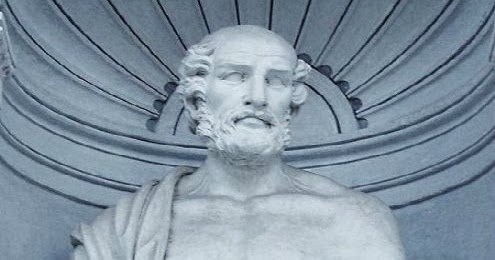
Fa-Hien
Fa-Hien was a Chinese Buddhist monk and explorer who made an extraordinary pilgrimage to India in the 5th century AD. His travels over more than ten years played an important role in transmitting Buddhism and sharing knowledge between China and India. Fa-Hien’s main purpose was the study and collection of Buddhist scriptures, especially the Vinaya Pitaka and monastic disciplines and rules. At the time, India was considered the cradle of Buddhism and the centre of Buddhist learning, attracting scholars and practitioners from all over Asia. Fa-hien travelled across India, including Magadha,Vaishali, Mathura, and the Ganges Valley. He visited many monasteries, collaborated with scholars and monks, and immersed himself in the study of Buddhist scriptures and practises.
He observed religious ceremonies, rituals, and festivals in the local community with great interest. His travelogue, Records of Buddhist Kingdoms, provides valuable insight into the religious and culturalpracticess of ancient India. Fa-hien’s writings also reveal the socio-cultural and political situation of the time. He documented the patronage of Buddhism by local rulers, the relationship between monasteries and lay communities, and the interaction between various schools of Buddhism.
In addition, Hwahyun’s travelogue contains detailed descriptions of the Buddhist sacred sites he visited. He described the splendorr of ancient Buddhist monasteries, relics of the Buddha, and architectural marvels associated with Buddhism. His colorfull depictions of temples such as Bodhgaya and Sarnath are still revered by Buddhists around the world. Fa-hien’s journey had a great influence on the transmission of Buddhism from India to China. He carefully collected and preserved a huge amount of scripture and brought it back to China.
These writings played an important role in the translation and dissemination of Buddhist teachings in East Asia and contributed to the development of Buddhism as an important religious and philosophical tradition in China. Hwahyun’s famous pilgrimages and travelogues have made him an influential figure in the study of Buddhism and ancient Indian history. His writings remain a valuable resource for scholars, providing insight into the religious, cultural, and social landscape of ancient India and its influence on the spread of Buddhism in Asia.
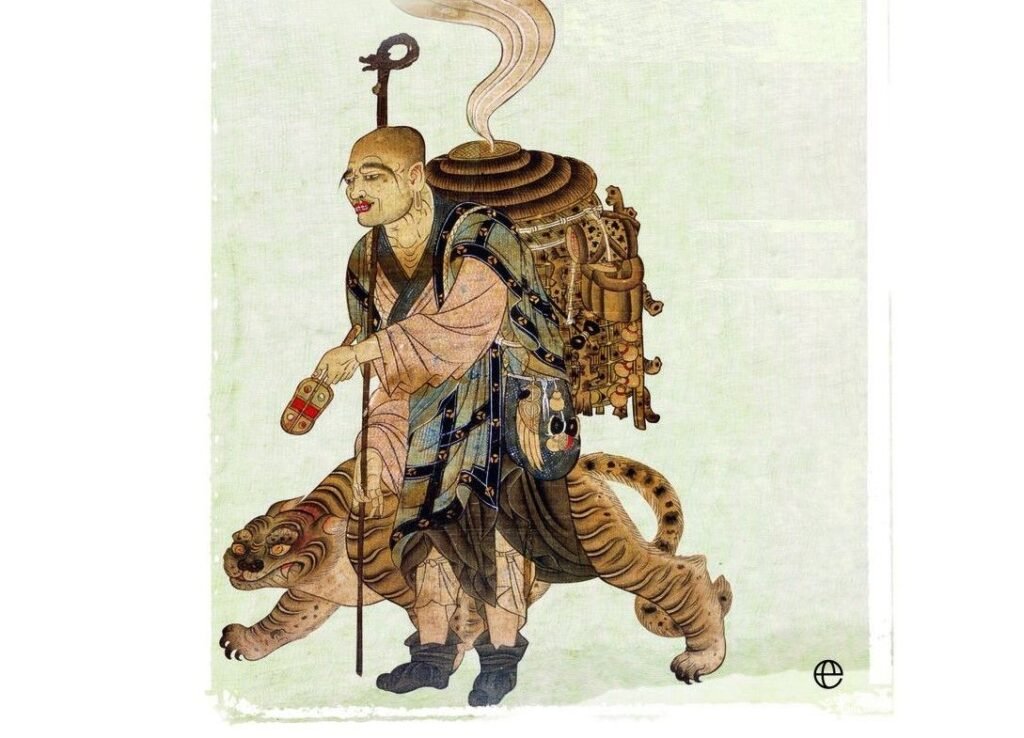
Abdur Razzaq
Abdul Razak, an ambassador and traveller from Persia, made a great contribution to the understanding of mediaeval India through his many journeys in the 15th century. His travels visited the courts of two important South Indian kingdoms: the Vijayanagara Empire and the Bahmani Sultanate. The main purpose of Razak’s journey to India was to serve as ambassador to the Persian court. Their task was to establish diplomatic relations, facilitate trade, and gather information on the political and cultural situation of the region. A highlight of Razak’s journey is his visit to the Vijayanagara Empire, one of his most powerful and prosperous kingdoms in South India.
He described the magnificent architecture, the splendor of the royal palace, and the extravagant lifestyle of the rulers. Another important part of Razak’s journey was a visit to the Sultanate of the Bahamas, an important Islamic kingdom in the Deccan region. His writings provide insight into the political dynamics, military organisation, and cultural practices of the Sultanate. The Razak records of the Bahman Sultanate provide valuable historical information about the relationship between the ruling dynasty and the local population. He explained the administration of justice, the promotion of scholars and artists, and the urban development of the Sultanate.
In addition, Razak’s travelogue sheds light on the cultural and religious diversity of mediaeval India. He observed and documented the existence of various faiths, including Hinduism and Islam, and their coexistence in the region. His descriptions of religious rituals, festivals, and social customs contribute to our understanding of the multicultural structure of the time. Razak’s writings also describe interactions between Persian and Indian civilizations.
He documented the encounters between Persian and Indian merchants, shedding light on the economic links and trade routes connecting these two regions. Overall, Razak’s extensive travels and careful records provide valuable insight into the political, cultural, and economic conditions of mediaeval India. His travelogues are a valuable historical resource, contributing to our understanding of the Vijayanagara Empire, the Sultanate of the Bahamas, and the cross-cultural exchanges that shaped the history of the region.
Exploring the Ancient Roots: 7 Oldest Tribes in the World – Trybe News

